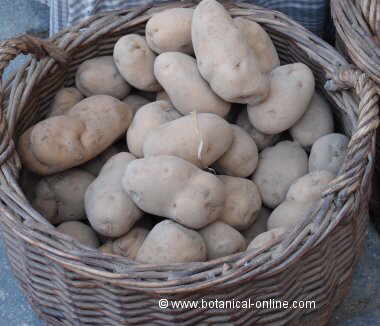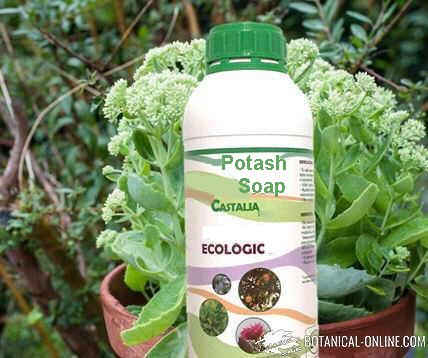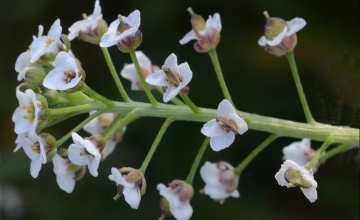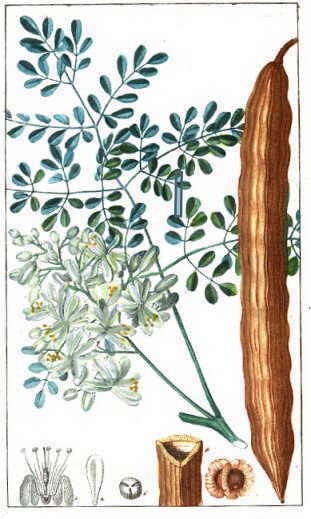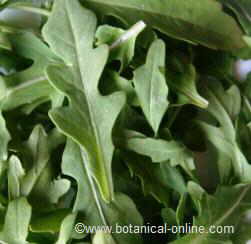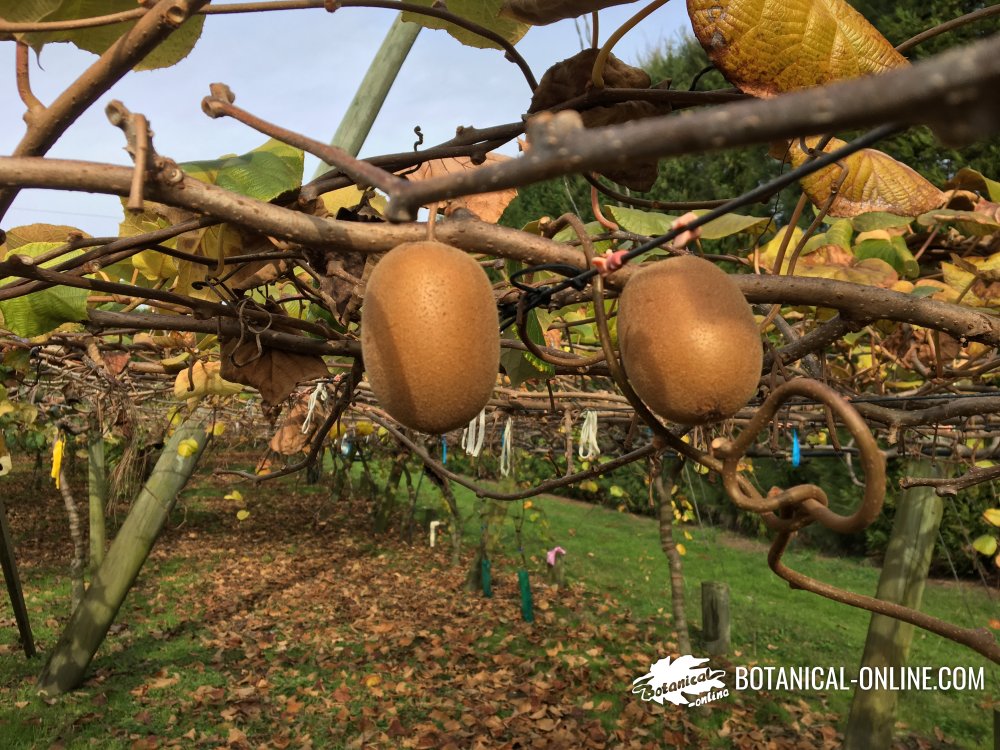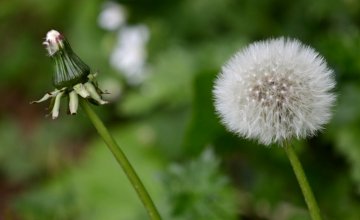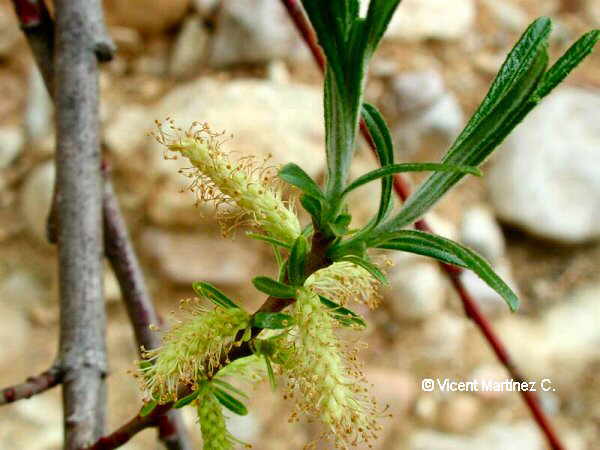Contents
CHERIMOYA PROPERTIES
Common name: cherimoya
Scientific name: Annona cherimola
Family: Annonaceae
Area and Climate: Peru, Ecuador, Spain, Portugal, New Zealand and Australia. In elevated and fresh areas, with warm, sunny climates.
Similar species: Annona diversifolia (Ilama).
Related species: Annona muricata L. (Soursop, Guanabana), Annona squamosa L. (Sugar apple).
Hybrid species of cherimoya
- Smooth, great, very smooth skin, visible seams between the carpels, but with no lumps.
- Printed, big, scaly skin, sweet flesh, juicy, with few seeds. The seams between the carpels protrude slightly,They are sunken in the middle.
- Mammillata, medium size, and thick smooth skin. Juicy, aromatic and with very few seeds. The seams between the carpels stick out creating large bumps.
- Tuberculata, medium, and dark skin that takes long to mature. The connections between the carpels are very pronounced, the more it grows, the larger its protuberances form.
- Umbonata, medium, fine and delicate skin, juicy flesh and lots of seeds. The joints between the carpels stand out, creating small bumps.
Cherimoya physical and organoleptic characteristics
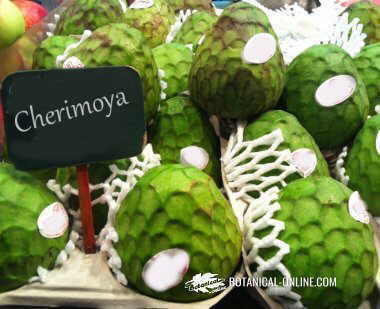
Cherimoyas sold in a market
It is a large and rounded fruit, like a heart. It can weigh up to a kilo.
It has a thick but not hard skin, with scaly appearance and light green color at the time of being collected. Between 2 and 4 days at room temperature make the skin to become yellowish. The interior however is white or light ivory.
Cherimoya tastes differently to the rest of fruits, quirky, sweet with a touch of acidity which is very appreciated, like a mix of pear, banana and cinnamon.
Its texture is creamy and, when ripe, it can be eaten easily with a spoon.
The interior contains several black seeds, 1 centimeter in size.
It is usually eaten in autumn.
* Related information : Nutritional composition of the cherimoya.
![]() More information on cherimoya.
More information on cherimoya.

